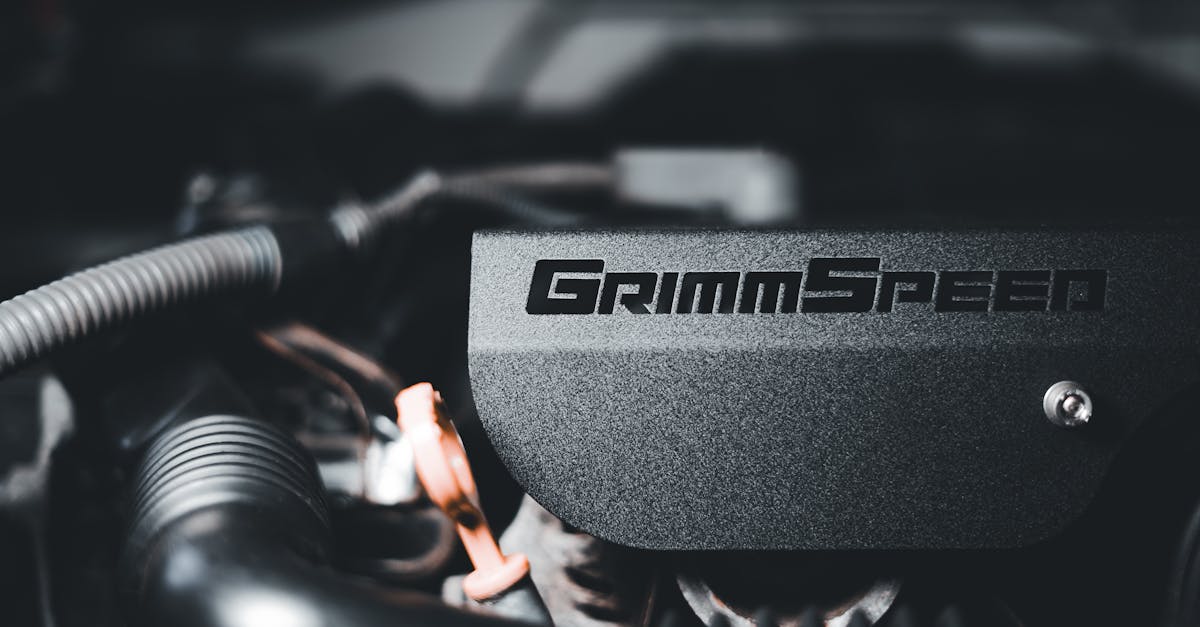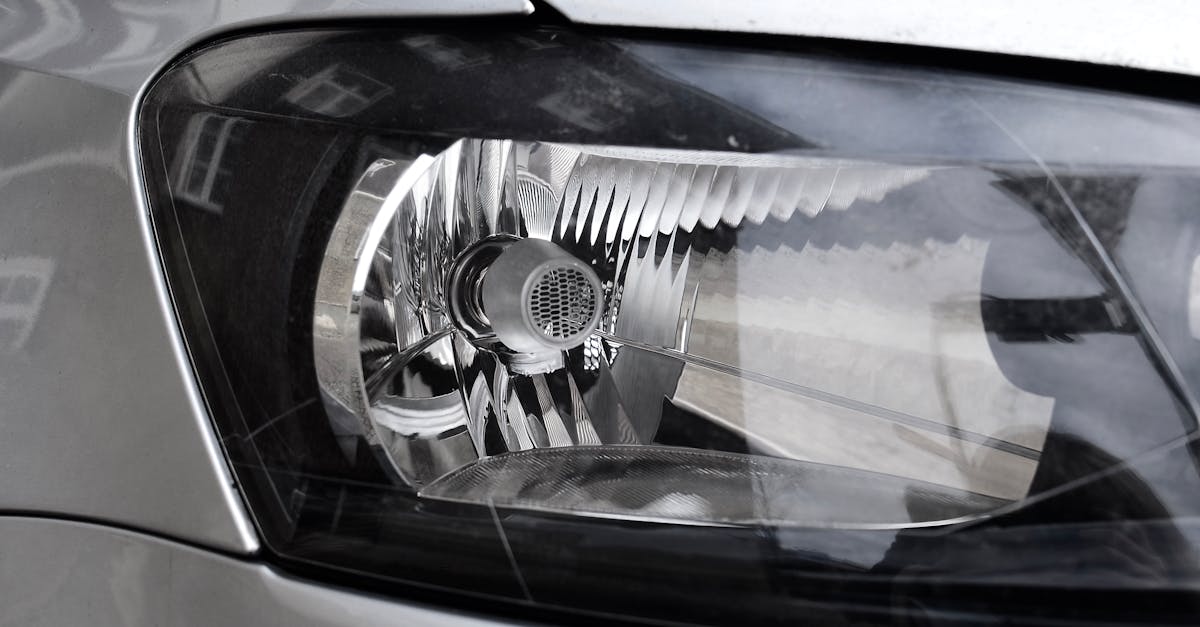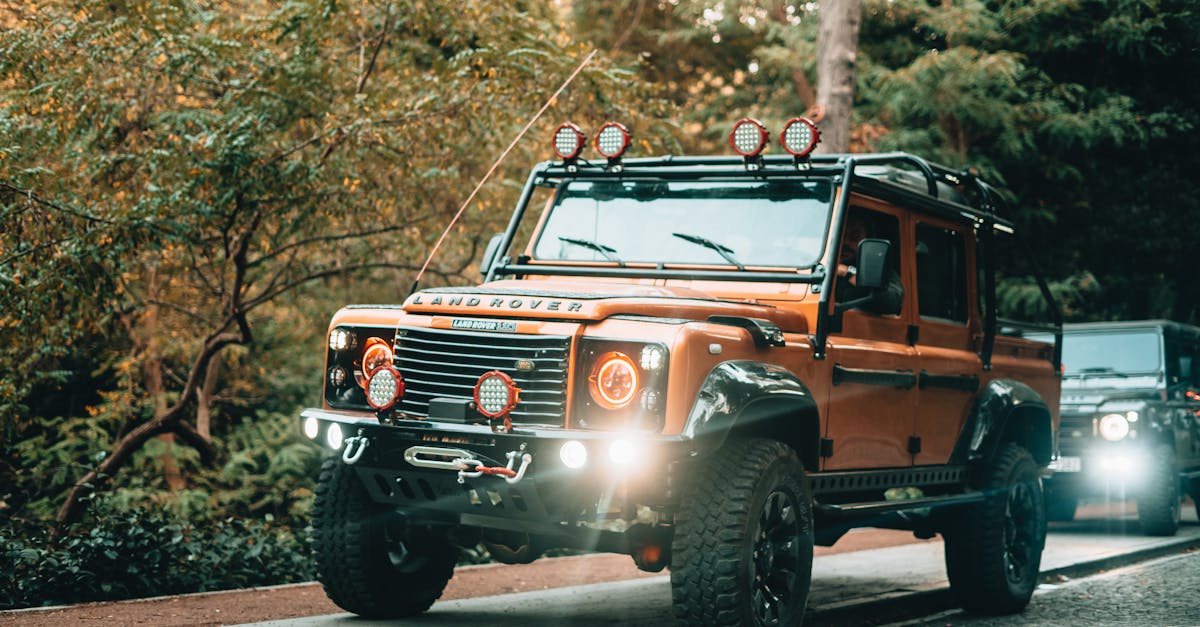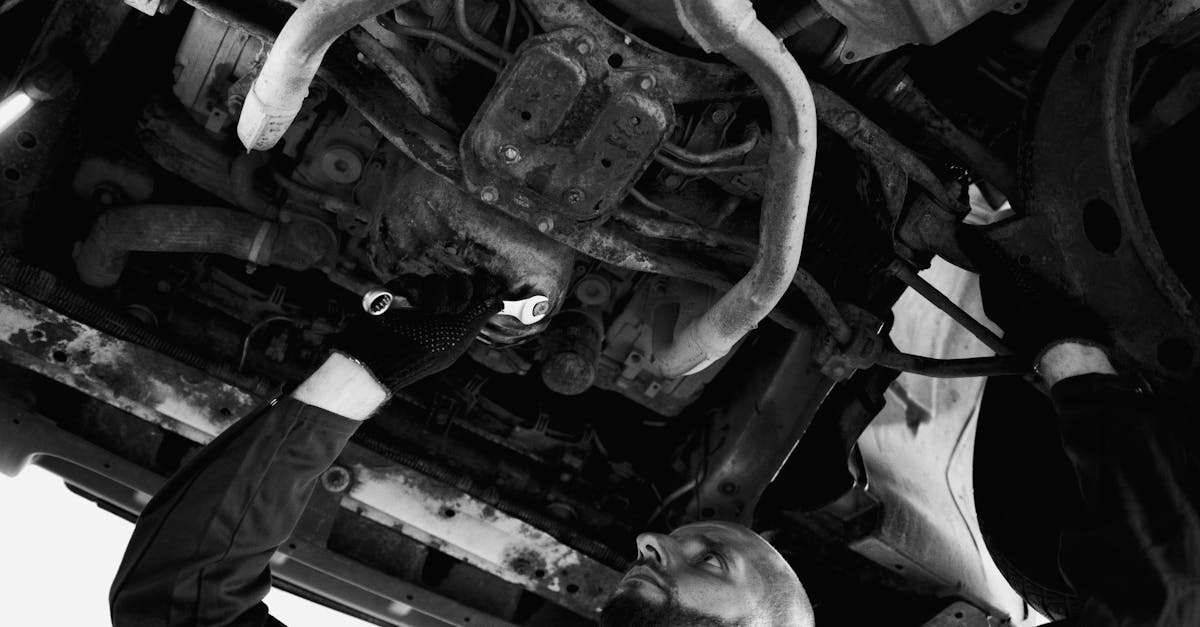Choosing the Right Tires for Different Terrains
Introduction
Choosing the right tires for different terrains is crucial for optimizing vehicle performance and ensuring driving safety. Tires are the only point of contact between your vehicle and the road, making their selection critical. This guide explores various tire options suited for specific terrains to enhance your driving experience.
Advertisement
Understanding Tire Basics
Tires are designed with specific patterns, rubber compounds, and structural reinforcements to handle different driving conditions. Tread patterns dictate the grip and terrain compatibility, while rubber compounds affect durability and traction. Understanding these basics helps in making informed decisions when selecting tires.

Erik Mclean/Pexels
Advertisement
Highway and City Tires
For urban driving and highway journeys, tires with tighter tread patterns are ideal. These are commonly known as all-season or touring tires, offering a smooth ride with good traction on paved surfaces. Their design maximizes fuel efficiency and provides comfort during daily commutes and long drives.

Josh Withers/Pexels
Advertisement
All-Terrain Tires
All-terrain tires balance on-road comfort and off-road capability. They feature an intermediate tread pattern that supports light off-roading while maintaining a quiet and comfortable ride on highways. If your travel involves both city roads and occasional dirt paths, these tires are a versatile choice.

Photo By: Kaboompics.com/Pexels
Advertisement
Mud-Terrain Tires
For those who frequently venture into muddy landscapes, mud-terrain tires are essential. With aggressive tread patterns and larger grooves, these tires expel mud and stones efficiently. Their reinforced sidewalls enhance durability, making them perfect for extreme off-road conditions and wet, slippery environments.

Anastassiya Golovko/Pexels
Advertisement
Snow and Winter Tires
Driving in snowy or icy conditions requires special tires designed to provide maximum traction. Winter tires have deeper treads and softer rubber compounds that maintain flexibility in cold temperatures. This enhances grip on icy roads, reducing skidding and improving braking performance.

Omar Ramadan/Pexels
Advertisement
Sand Tires
Driving on sand demands tires that prevent sinking and offer smooth navigation. Sand tires typically have paddle-like treads that allow vehicles to float across sandy terrains. They minimize rolling resistance and provide stability, crucial for beach driving or desert adventures.

Willian Justen de Vasconcellos/Pexels
Advertisement
Performance Tires
For enthusiasts prioritizing speed and handling, performance tires are the go-to choice. These tires are engineered with a lower profile and softer compound, offering excellent grip and cornering capabilities. While ideal for sporty vehicles and track driving, they may wear out faster than standard tires.

Jacob Moore/Pexels
Advertisement
Selecting the Perfect Fit
When choosing tires, consider factors such as terrain, driving style, and vehicle type. It's essential to match tire specifications with your regular driving conditions for optimum performance and safety. Consult with experts or use tire selection tools to identify the best options tailored to your needs.

Tobi &Chris/Pexels
Advertisement
Summary and Conclusion
Selecting the right tires is pivotal for maintaining vehicle control and safety across different terrains. Understanding tire types such as city, all-terrain, mud, snow, and performance tires can drastically enhance your driving experience. Always prioritize your safety and vehicle requirements when making a choice, ensuring a smooth and hassle-free ride.
Advertisement








